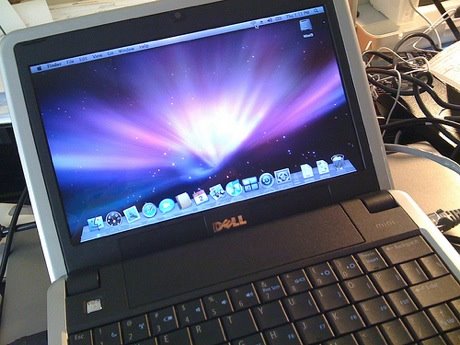Last week, during the Palm/Sprint Pre event, an industry customer return rate of 20% was cited for PDA smartphones. Over the weekend, The New York Times ran an article about spotty 3G wireless network coverage. A smartphone is only as good as the network it is on. If you don’t have cellular coverage you might as well have left your phone back in your office. The same is true for the feature that manufacturers pack into their phones. The fact of the matter is that most customers don’t read the thick user manuals that come with their phones. The result is that customers never realize the full potential of their smartphones.
For example, Mr. Richtel writes for The New York Times:
“Oh, the things modern mobile phones can do. They are music-playing, video-taking, direction-providing multimedia powerhouses. But many people have trouble getting them to perform their most basic functions, like making phone calls.”
“The resulting technological glitches have given many owners of fancy new phones the urge to throw them out the window and onto the highway.”
The rest of Mr. Richel’s article goes on to talk about customer’s dissatisfaction with their cellular carrier’s 3G wireless networks.
I think that articles like the one that appeared in The New York Times and statistics like the one Sprint quoted last week show that carriers and manufacturers have a real problem to deal with.
There is no one silver bullet that will fix this issue for any of the parties involved. Apple, Palm, and Sprint have taken some positive steps. Apple, leading the charge for easy to use devices, has been leveraging their retail Apple Store locations to help educate customers with one-to-one training sessions. You can make an appointment with one of Apple’s Geniuses who will teach you how to use Apple’s products. Can’t make it down to an Apple store? No problem. Apple has a number of short tutorials on their website that explain how to use the iPhone. If people are unwilling to read the user guide, they are likely willing to watch a short video. I haven’t read any statistics on how well Apple’s videos have been received. Sprint’s Ready Now program aims to offer a similar service when you stop in their stores to buy a new phone.
In store training is good, however, I think Palm is working to make the Pre, powered by their new webOS operating system is also making positive strides to making smartphones easier to use.
The webOS, according to Palm, will have an “instinctive user interface” and “intuitive and unobtrusive notifications” is suppose to make using the Pre easier to use. The first Palm smartphone that will use the webOS, the Palm Pre, will go on sale later this year. Palm used to have a motto of “Delight the customer.” Any smartphone maker and wireless network operator that can pull that off will stand to gain significant market share.
Customer frustration with their phones and the carriers they sign a 2-year service contact with is a real problem for the industry. Customers are looking for technology that is simple to use. The good news is that companies like Apple, Palm, and Sprint are moving in the right direction. Hopefully by the time our 2-year contacts are up, things will have improved.
You can read the full New York Times article on their website.
 Our friends at Handmark/Astraware dropped us a line to let us know that they are running a special on some of their popular games for mobile devices. You can snag yourself a copy of Astraware Sudoku, Casino, Boardgames, or Solitaire for $4.95 each!
Our friends at Handmark/Astraware dropped us a line to let us know that they are running a special on some of their popular games for mobile devices. You can snag yourself a copy of Astraware Sudoku, Casino, Boardgames, or Solitaire for $4.95 each!






